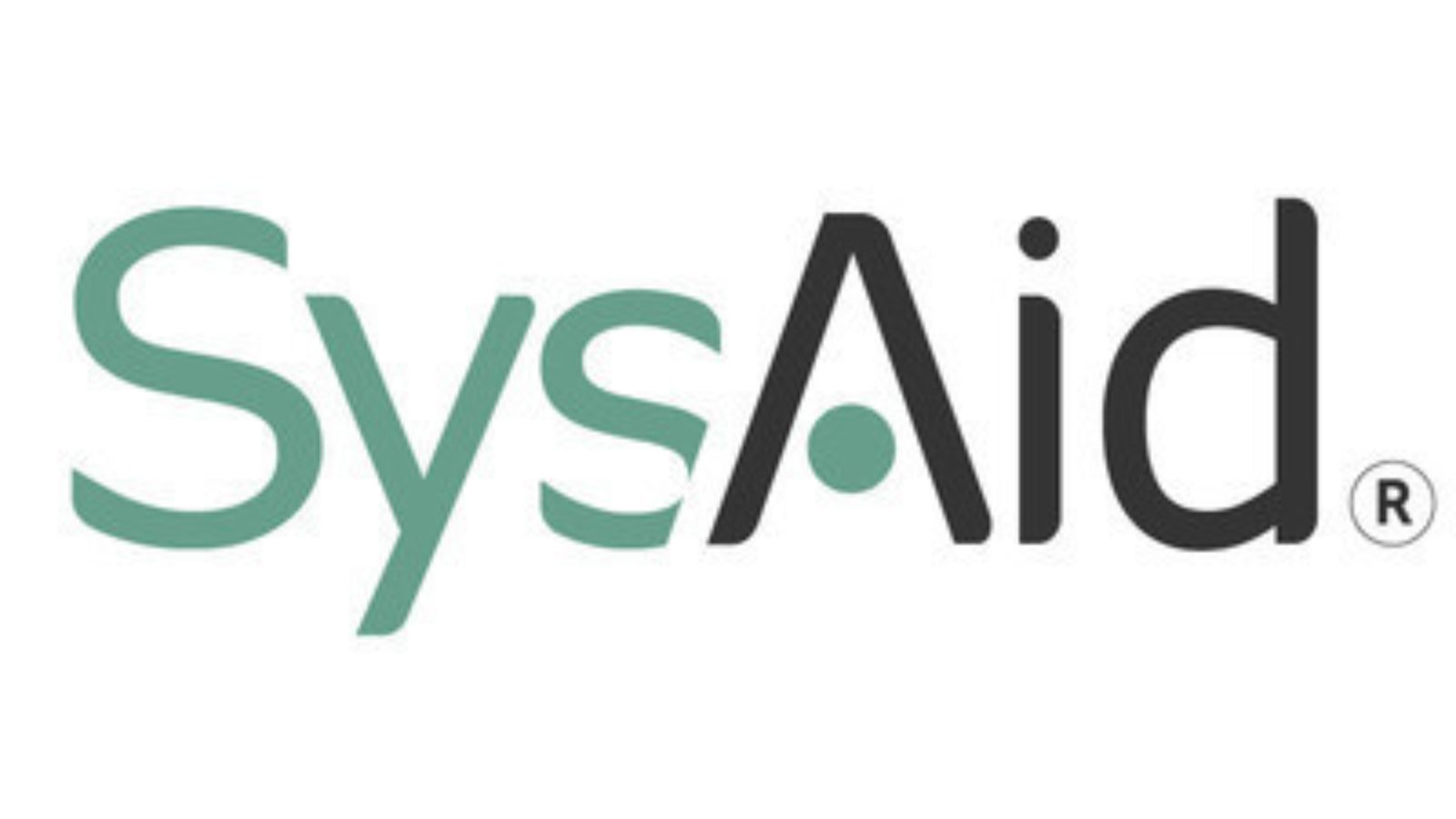When it comes to Natural Language Processing (NLP), word vectors play a crucial role in understanding and processing text data. Sense2Vec is a powerful tool that provides contextually keyed word vectors, enhancing the accuracy and efficiency of NLP models. In this guide, we will explore what sense2vec is, how it works, and its applications in various NLP tasks.
**What is sense2vec?**
Sense2Vec is an extension of word2vec, which is a popular method for representing words as numeric vectors. Word vectors capture the semantic and syntactic similarity between words and are widely used in NLP tasks such as machine translation, sentiment analysis, and text summarization. Sense2Vec takes word vectors a step further by incorporating contextual information, enabling the model to capture multiple senses of a word based on its surrounding words.
**How does sense2vec work?**
Sense2Vec leverages word2vec but incorporates the concept of senses. In traditional word2vec models, word vectors are trained without considering the different senses a word could have. Sense2Vec tackles this limitation by assigning a unique sense key to each word vector, which represents the meaning or sense of the word within a specific context. This allows the model to capture the nuances and multiple meanings of words based on their context.
To train sense2vec models, large corpora of text data are used. These models look at the words surrounding a target word and try to predict the context in which it appears. By capturing the surrounding words in different contexts, sense2vec can generate word vectors that capture the various senses of a word. This contextual information improves the accuracy of NLP tasks, as the model can distinguish between different meanings of a word based on its context.
**Applications of sense2vec in NLP**
Sense2Vec has a wide range of applications in NLP tasks. Here are a few examples:
**1. Word Sense Disambiguation**
Sense2Vec can assist in disambiguating the sense of a word in a given context. By analyzing the surrounding words and their contexts, the model can determine the appropriate sense of a word. This is particularly useful in machine translation, speech recognition, and text summarization, where accurately understanding and representing the meaning of words is crucial.
**2. Named Entity Recognition**
Named Entity Recognition (NER) is the task of identifying and classifying named entities in text, such as names of people, organizations, locations, and dates. Sense2Vec can enhance NER models by providing more accurate representations of these named entities. By considering the context in which the named entity appears, the model can distinguish between different entities and reduce errors in classification.
**3. Sentiment Analysis**
Sense2Vec can improve sentiment analysis models by capturing the different senses of words related to sentiment. By understanding the context in which words appear, the model can better recognize positive or negative sentiments. For example, the word “hard” can have different meanings in the context of difficulty (e.g., “This problem is hard”) or as a descriptor of effort (e.g., “He works hard”).
**4. Question Answering**
Sense2Vec can assist in question answering tasks by enabling the model to understand the nuances and different meanings of words based on their context. This improves the accuracy of matching questions with relevant answers by considering the multiple senses in which a word could be used.
**Conclusion**
Sense2Vec is a powerful tool for NLP that enhances word vectors by incorporating contextual information. By capturing the multiple senses of words based on their surrounding context, sense2vec improves the accuracy and efficiency of NLP tasks. Its applications range from word sense disambiguation to named entity recognition, sentiment analysis, and question answering. Incorporating sense2vec in NLP models can significantly improve their performance, leading to more accurate and nuanced language processing.









Leave a Reply